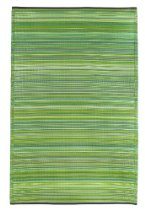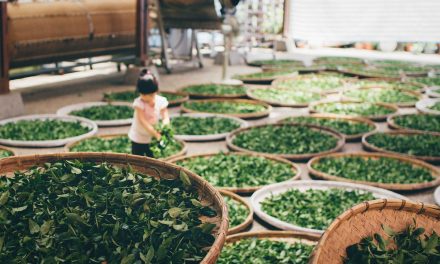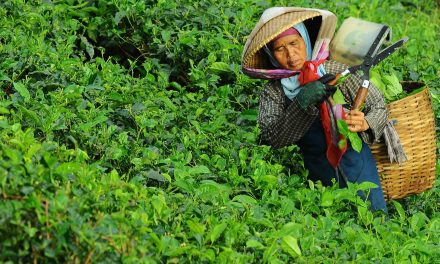
Fab Habitat Fair trade product
However in the sometime in the 1960s, radical groups raised the concern against multinational corporations alleging that traditional business models being used were flawed. These same groups promoted the call of “Trade not Aid” and in 1968 it was adopted by the United Nations Conference on Trade and Development. The UNCTAD established what would become the basis for fair trade relations with developing countries. One can say that this was the turning point in the history of fair trade. Thus by the 1970s, the fair trade movement put effort into marketing products from countries that were not included in trades due to political reasons.
When the 1980s came the demand for such products almost came to a halt. The history of fair trade tells us that there were three main reasons for this problem. First was that the novelty of these products were starting to wear off. Second the demand had reached its peak and was not rising anymore. Third was that the handicrafts being sold were, according to consumers, becoming “old fashioned.”
To address this issue, the movement shifted from selling mainly handicrafts to including agricultural products like tea and coffee. In 1992, handicrafts took up 80% of the sales with 20% going to agricultural products. By 2002 however, handicrafts now only amounted to about 25% with agricultural products had 70%. Though sales of the products remain stable, it was found out that the products were not immediately relatable to majority of consumers. The only solution was found to be selling these same products in commercial stores. The problem however was to find a way to increase sales with sacrificing consumer trust.
Under the initiative of groups in the Netherlands, the idea of a Fair trade certification was established. The certification was advantageous for two reasons. One was that it now allowed the fair trade goods to be sold in mainstream markets. Second was that the certification allowed consumers to know just where they came from and who would actually benefit from their sales. Currently, fair trade goods now follow what is known as the International Fairtrade Certification Mark. This same mark is being used by more than 50 countries and on dozens of various products.
Fair trade is here to stay and based on what the history of fair trade tells us, groups will always find ways for it to remain in the market..




